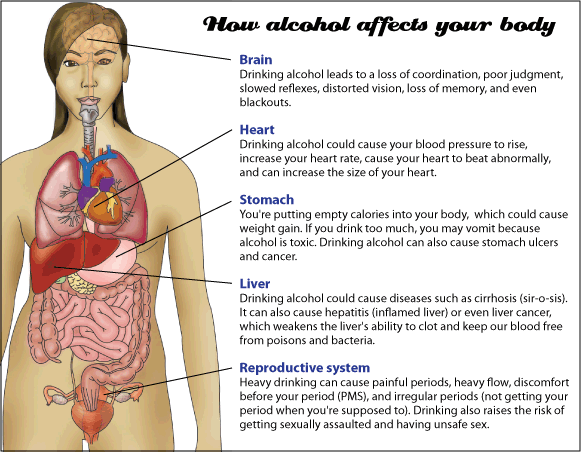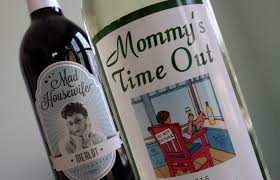It is estimated that one in four Americans suffers from some sort of mental illness. A good number of these individuals may lean on their faith and place of worship in times of distress. While a place of worship may provide needed refuge, in other instances our place of worship can also cause shame.
There have been noteworthy efforts among some places of worship to recognize the prevalence and impact of mental illness; however, in too many others, there continues to be a stigma and/or discomfort that perpetuates silence and isolation among its members. Even more harmful, some places of worship may continue to believe notions that mental illness is a spiritual affliction, punishment, or simply a sign of weak faith. When faced with a mental health condition, individuals may feel ashamed, spiritually inadequate, and pressured to put on a façade of strength when possible. Sunday mornings may be a joyous time of social gathering and worship, but it may also a time of social angst, fear of judgment, and high standards.
And then there are times when despite our best efforts a façade is simply not possible. Be it serious mental illness such as schizophrenia or bipolar disorder, major depression, grief, or trauma, displaying ‘spiritual resolve and strength’ can at times, be all too difficult.
A lack of support from a place of worship or the insinuation of shame to the individual may not only perpetuate an emotional crisis, but may also trigger a spiritual crisis, which together feed one another in a bi-directional struggle. Throughout my work I have witnessed this struggle not only in church members, but also among church leaders who are expected even more so to prevail and remain spiritually resolute in times of emotional distress.

As has long been the case, mental illness is often seen as separate or different than what may be considered the ‘physical body’. Places of worship may not hesitate to rally around a member battling so-called physical afflictions such as cancer through prayer, visits to the hospital, flowers, notes of encouragement, etc. Yet, when confronted with suicide or a mental health crisis, there may be reluctance or discomfort.
There may also be a hesitation to seek treatment and trust mental health professionals as they may not be adhering to the teachings of a particular faith however, the same may not be true when being treated for a ruptured appendix, diabetes, or taking pharmaceuticals.
It is important to recognize that many places of worship have good intentions, but may lack the understanding, training, and language necessary to empower and support members suffering with mental illness. Leaders of faith are often on the front lines when it comes to emotional distress, but may feel overwhelmed with knowing how to respond in a way that both promotes the faith, but also recognizes the need for professional assistance. Ultimately, there is a need for enhanced dialogue about mental illness among church leaders, congregation members, and community professionals. Places of worship need not be afraid of the reality of mental illness and ideally would feel emboldened to speak out and provide refuge and understanding.
Undoubtedly, spirituality and a person’s core beliefs are central to overall wellness and vitality. Regardless of our spiritual devotion however, we are all vulnerable to the ups and downs of life and are likely to encounter situations that transcend our spiritual understanding. Places of worship are in a unique position to provide refuge- which can begin with the simple acknowledgement that having ‘faith’ does not have to demand that we feel well, stable, or even optimistic. And that is okay. Here’s to giving each other grace. Take care everyone.
With gratitude,

Audry Van Houweling, Owner & Founder, She Soars Psychiatry, LLC Sisters & Silverton, Oregon, www.shesoarspsych.com



